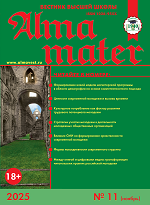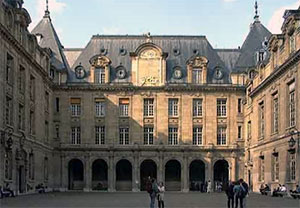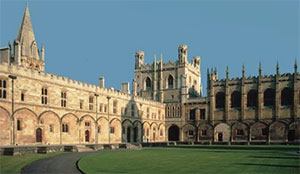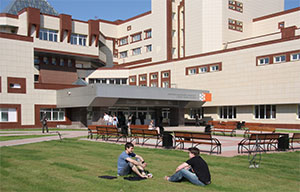https://doi.org/10.20339/AM.2-18.067
E.V. Romanov is Dr.Sci. (Pedagogy), prof. e-mail: evgenij.romanov.1966@mail.ru; and E.V. Romanova is post-graduate student e-mail: catrin.vladimirovna@yandex.ru
at Magnitogorsk State Technical University n.a. G.I. Nosov
The prospects of preservation of personnel capacity of the higher school in the context of the analysis of the state program “Development of education” for 2013—2020 are considered. The trend on decrease in number of PPS of state universities contradicts the solution of a task of continuous education of the population. Change of approach to assessment of efficiency of research activity of the teacher of the higher school which we consider as “instrument” of reduction of number of PPS on formal grounds has led to essential decrease in patent activity at the universities. Income from use of results of intellectual activity in total income at the vast majority of higher education institutions is equal to zero. Tasks of preservation of personnel capacity of state universities and increase in efficiency of activity are formulated.
Key words: state program; patent activity; income from results of intellectual activity; prospects of development.
References
1. Romanov, E.V. Methodology and theory of innovative development of higher education in Russia. Moscow: INFRA-M, 2016, 302 p.
2. Reform of higher education: national and foreign experience. Analytical center at Government of the Russian Federation. Bulletin on the sphere of education. June, 2017, no 12. URL: http://profcom.istu.ru/prof/files/obrazovanie_analitica_2017.pdf
3. Balatsky, E.V. New trends in the development of the university sector. The World of Russia. 2015, no. 4, рр. 72–98.
4. Balatsky, E.V. “The trap of the classroom hours” and a new model of education. Higher education in Russia. 2017, no. 2, pp. 63–68.
5. Romanov, E.V. Financing of high schools aimed at stimulation of innovative approach. University administration: practice & analysis. 2015, no. 4 (98), pp. 87–105.
6. Kurakova, N.G., Tsvetkova, L.A. Zinov, V.G. Patent landscape of the RF, created by residents of the country: analysis of existing problems. Economy of science. 2016, no. 1, pp. 64–79.
7. Antropov, V.A., Shelomentsev, A.G. Universities an reform of Russian academy of science. Izvestia of higher ecucational institutions. Ural region. 2013, no. 6, pp. 100–111.
8. Romanov, E.V. Imperative of innovative development of higher education in Russia. Alma mater (Vestnik vysshei shkoly). 2015, no. 2, pp. 10–19.
9. Glaysner, O.Yu. High schools of Germany: labor and salary. Alma mater (Vestnik vysshei shkoly). 2010, no. 4, pp. 61–67.
10. Tikhomirova, A.M., Bannykh, G.A. Higher education in Chechia through eyes of lecturers of UrGEU. Administrator. 2014, no. 4 (50), pp. 29–31.
11. How would be changed administration of universities. Interview by chief redactor A.K. Klyuev with rector of National research university “High school of economy” Ya.I. Kuzminov and rector of Ural federal university n.a. first president of Russia B.N. Eltsyn V.A. Koksharov. University administration: practice and analysis. 2016, no. 2 (102), pp. 5–13.
12. Kurbatova, M.V., Donova, I.V., Kagan, E.S. Evaluation of changes of state of lecturers of Russian universities. The world of Russia. 2017, vol. 26, no. 3, pp. 90–116. DOI: 10.17323/1811-038X-2017-26-3-90-116











.png)






